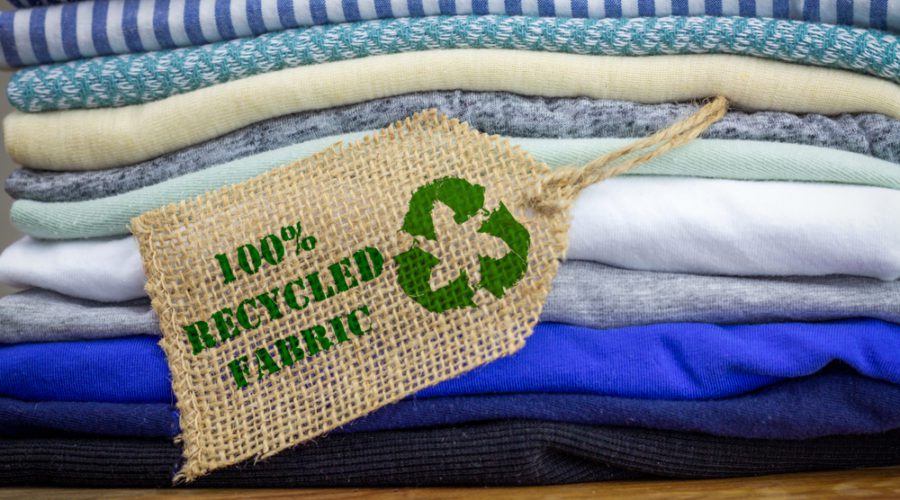This article originally appeared on Polymers Paint Colour Journal’s website.
Rik Mertens, Global Applications Manager at Datacolor, discusses how as a result of what we have learnt over the past year, the paint industry is expected to priorities digital solutions and technologies to reduce waste and improve overall sustainability efforts.
Sustainability and colour management in the post-pandemic world
Sustainability has been rising in importance for quite some time, but this past year cemented the focus on sustainable practices and solutions in a variety of industries across the globe. As much of the world reached a standstill in 2020 due to the coronavirus pandemic, many came to better appreciate the positive environmental impact associated with widespread reductions in travel and manufacturing.
Nearly every company defines sustainability in a different way. Some companies recognise sustainability as a measure of safer products made for the circular economy, while others define it as simply a reduction of waste. At Datacolor and for the purpose of this article, we primarily address sustainability in the industries we serve from an efficiency standpoint. By producing the minimum amount of waste possible, the paint and coatings industry can achieve better operational efficiency and make a positive impact on the environment.
As a result of the rising importance of sustainability and what we have learned over the past year, we expect to see the paint and coatings industry prioritise digital solutions and technologies to reduce waste and improve overall sustainability efforts.
As the industry enters its post-pandemic phase, here are some of the ways we expect to see companies and manufacturers approach colour management and colour development, while keeping sustainability top of mind.
Utilising Recycling Software
A relevant feature that has been widely underutilized in the colour management process but will likely become more ubiquitous this year is recycling software. When off-colour materials or mis-tints occur during the colour development process, specialized software can recycle the off-colour product into new production batches or shade it over to the desired colour. This helps save materials that would otherwise go to waste.
Gain Further Insight! Read the Rest of the Article at PPCJ’s Website





